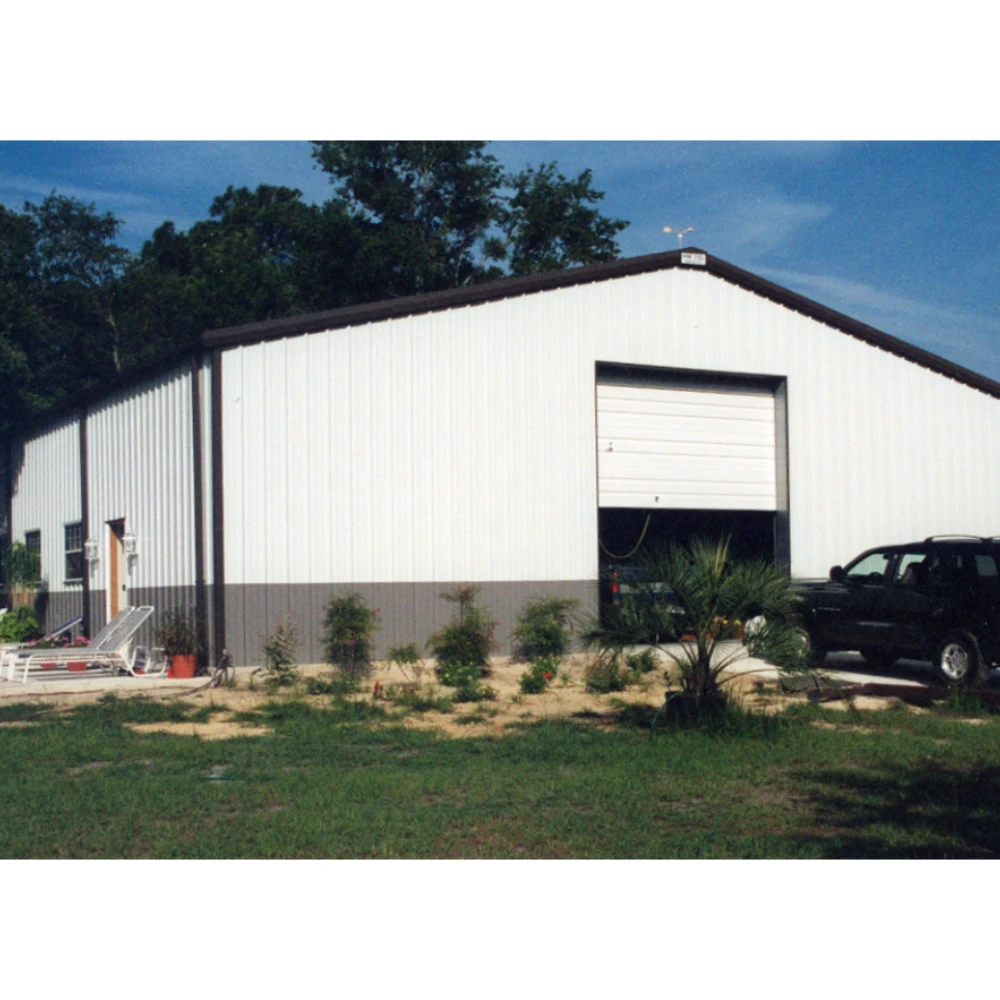- Afrikaans
- Albanian
- Amharic
- Arabic
- Armenian
- Azerbaijani
- Basque
- Belarusian
- Bengali
- Bosnian
- Bulgarian
- Catalan
- Cebuano
- Corsican
- Croatian
- Czech
- Danish
- Dutch
- English
- Esperanto
- Estonian
- Finnish
- French
- Frisian
- Galician
- Georgian
- German
- Greek
- Gujarati
- Haitian Creole
- hausa
- hawaiian
- Hebrew
- Hindi
- Miao
- Hungarian
- Icelandic
- igbo
- Indonesian
- irish
- Italian
- Japanese
- Javanese
- Kannada
- kazakh
- Khmer
- Rwandese
- Korean
- Kurdish
- Kyrgyz
- Lao
- Latin
- Latvian
- Lithuanian
- Luxembourgish
- Macedonian
- Malgashi
- Malay
- Malayalam
- Maltese
- Maori
- Marathi
- Mongolian
- Myanmar
- Nepali
- Norwegian
- Norwegian
- Occitan
- Pashto
- Persian
- Polish
- Portuguese
- Punjabi
- Romanian
- Russian
- Samoan
- Scottish Gaelic
- Serbian
- Sesotho
- Shona
- Sindhi
- Sinhala
- Slovak
- Slovenian
- Somali
- Spanish
- Sundanese
- Swahili
- Swedish
- Tagalog
- Tajik
- Tamil
- Tatar
- Telugu
- Thai
- Turkish
- Turkmen
- Ukrainian
- Urdu
- Uighur
- Uzbek
- Vietnamese
- Welsh
- Bantu
- Yiddish
- Yoruba
- Zulu
Dec . 11, 2024 10:13 Back to list
The Advantages of Steel Frame and Brick Construction
In the world of construction, the choice of materials plays a critical role in determining the durability, cost, and aesthetic appeal of a building. Steel frame and brick construction has gained immense popularity due to its unique combination of strength, longevity, and versatility. This article explores the advantages of using steel frames and brick in construction, highlighting their benefits in modern architecture.
Strength and Durability
One of the most significant advantages of steel frame construction is its strength. Steel possesses a high tensile strength, making it ideal for supporting heavy loads and tall structures. Unlike traditional materials like wood, steel does not warp, crack, or split, ensuring that buildings maintain their structural integrity over time. When combined with brick, which is known for its compressive strength, the result is a robust framework capable of withstanding various environmental challenges.
Brick, a material with a long history, is well-regarded for its durability. A properly constructed brick wall can last for decades, if not centuries, requiring minimal maintenance. This longevity further complements the steel frame, reinforcing the overall structural stability and lifespan of the building.
Fire Resistance
Fire safety is a paramount concern in construction. Both steel and brick offer excellent fire-resistant properties. Steel does not burn, and when properly treated, can withstand high temperatures for considerable periods. Brick, being a non-combustible material, provides additional protection against fires. This combination creates a safer environment for occupants and minimizes the risk of fire-related damages.
Energy Efficiency
Steel frame and brick construction also contribute to improved energy efficiency. Brick has natural insulating properties, which can help regulate indoor temperatures, reducing the need for heating and cooling systems. When combined with modern insulation techniques, buildings constructed with steel frames and brick can achieve higher energy efficiency ratings. This not only translates into lower energy bills for occupants but also aligns with increasing sustainability goals in construction practices.
steel frame and brick construction

Design Versatility
The aesthetic appeal of a building is often just as important as its functionality. Steel frames provide architects with the flexibility to create unique designs and spacious interiors without the constraints imposed by traditional load-bearing walls. The lightweight nature of steel allows for larger spans, enabling open floor plans that are highly coveted in modern architecture.
Brick, on the other hand, offers a timeless aesthetic that can complement various architectural styles, from classic to contemporary. It is available in numerous colors, textures, and patterns, allowing for creative expression in building design. The combination of steel and brick can therefore produce visually striking structures that stand out in urban landscapes.
Cost-Effectiveness
While the initial costs of steel framing can be higher than traditional materials, the long-term savings associated with this construction method make it a fiscally sound investment. The durability and low maintenance requirements of steel and brick structures result in decreased repair and replacement costs over time. Furthermore, energy-efficient buildings can significantly reduce utility bills, providing ongoing financial benefits to occupants.
Sustainability
In an age where sustainability is at the forefront of construction practices, steel and brick constructions offer environmentally friendly advantages. Steel is often made from recycled materials, and it is 100% recyclable at the end of its lifespan, reducing landfill waste. Brick production also has a relatively low impact on the environment compared to other materials, especially when sourced locally. This emphasis on sustainability is increasingly important for homeowners and businesses looking to reduce their carbon footprints.
Conclusion
In conclusion, steel frame and brick construction is a remarkable choice for modern building projects. The combination of strength, durability, fire resistance, energy efficiency, design versatility, cost-effectiveness, and sustainability makes it an attractive option for both builders and occupants. As architects and contractors continue to innovate and explore new construction techniques, the use of steel and brick will likely remain a prevalent trend, paving the way for resilient and aesthetically appealing structures that meet the demands of contemporary society. Embracing these materials can lead to a future where buildings are not only functional but also contribute positively to their environment.
-
How Do Prefabricated Steel Structures Transform Modern Construction?
NewsJul.14,2025
-
How Do Prefabricated Metal Buildings Redefine Modern Construction?
NewsJul.14,2025
-
How Do Prefab Insulated Metal Buildings and Steel Structures Revolutionize Modern Construction?
NewsJul.14,2025
-
How Do Pre - Engineered Steel Structures Redefine Modern Construction?
NewsJul.14,2025
-
Advancing Modular Construction with Prefabricated Metal Structures
NewsJul.14,2025
-
Advancing Industrial Infrastructure with Prefabricated Steel Solutions
NewsJul.14,2025
Products categories
Our Latest News
We have a professional design team and an excellent production and construction team.












